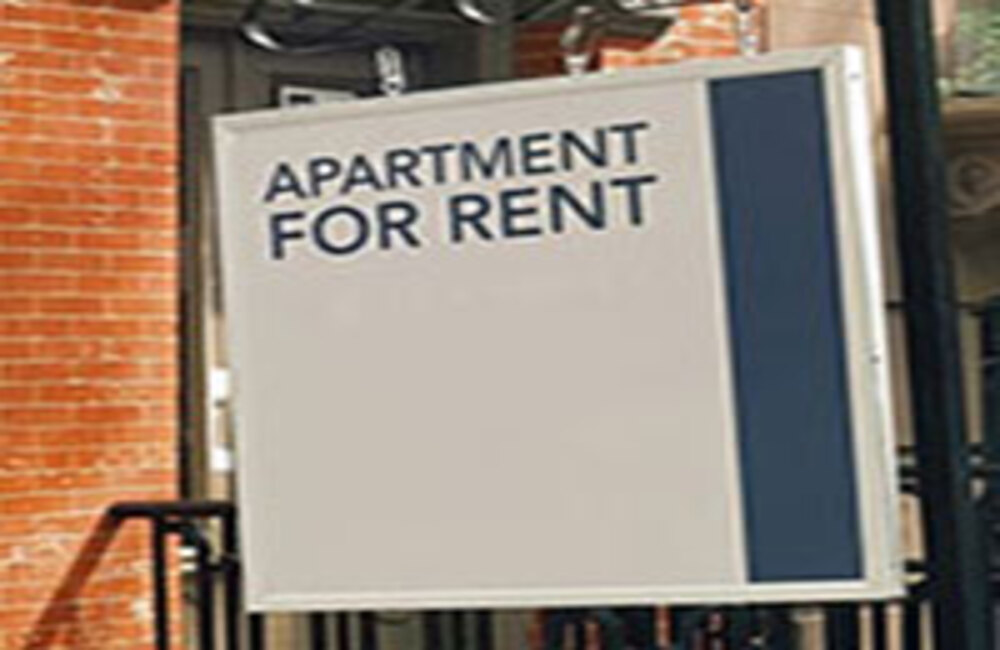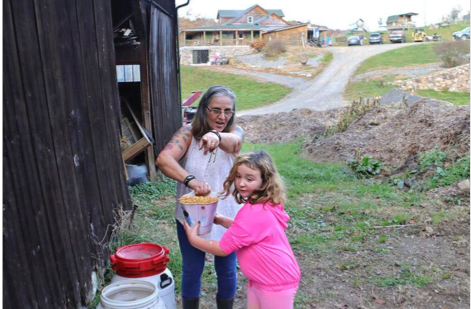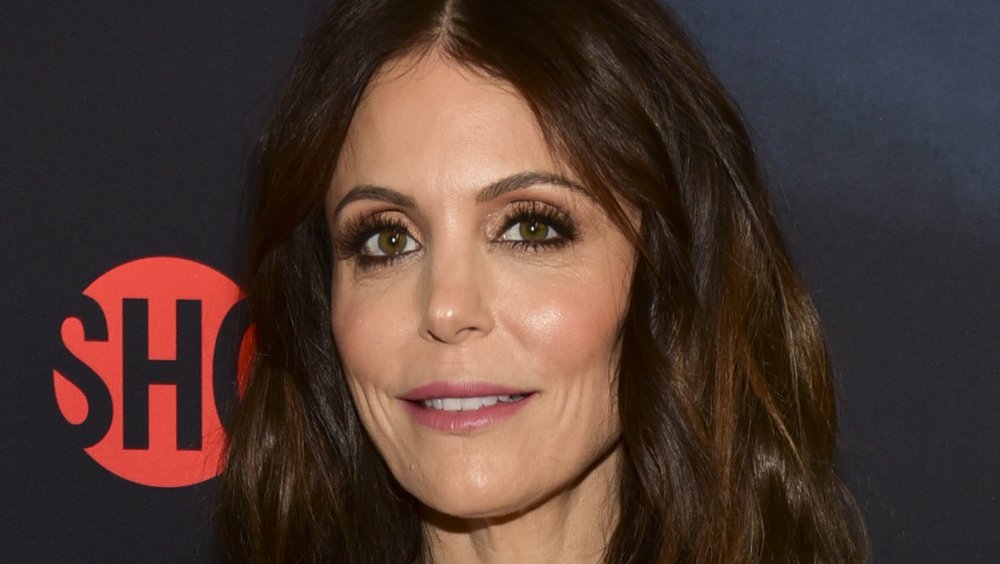Best (and worst) states for renters
Renting can be a great option if you’re saving money to buy a house or enjoy a flexible lifestyle. Unfortunately, it can also be expensive. There is a shortage of affordable homes in many states, and inflation and rising interest rates have made it difficult for some people to find a place to live.
John Bartlett, executive director for the Metropolitan Tenants Organization in Chicago, told ConsumerAffairs it’s a landlord’s market right now. “The rental market is not good for any renter because people are paying too much for rent in most places. If you’re making minimum wage, you can’t really afford to live in any state,” he said.
To address this problem, President Joe Biden recently announced a plan to tackle the country’s housing issues, and the Federal Trade Commission has been working against rental price-fixing. However, these issues won’t go away overnight.
Whether you’re waiting for the housing market to improve or prefer renting over homeownership, your ability to find affordable options will vary widely depending on where you live. ConsumerAffairs compared each state on cost, availability and tenant security to rank the best and worst states for renters in 2024.
Key Insights
What makes some states better than others for renters?
Several factors make some states better for renters than others. The states that ranked the highest had the following things in common:
What are the best states for renters?
1. North Dakota
There’s no question that North Dakota is a great place to live if you’re looking for natural beauty and affordable living. For the second year, the Great Plains state ranks as our best state for renters. Helping secure that position is the nation’s lowest rent-to-income ratio, with residents only spending 25.4% of their income on rent.
The median gross rent for a two-bedroom in North Dakota is $908, and the state has the cheapest renters insurance and highest vacancy rate (9.4%). This means renters have plenty of options to choose from for housing. North Dakota also has the lowest unemployment rate in the U.S. (2.2%), which is good for residents’ job security.
2. South Dakota
Like North Dakota, neighboring South Dakota scored a top 10 spot for the second year in a row. Its median gross rent for a two-bedroom is $912. Residents spend about a quarter (26.5%) of their monthly household income on rent.
South Dakota is one of the few states in the U.S. that doesn’t have a state income tax, which lets residents keep more of their hard-earned money. The state also has a low unemployment rate (2.8%) and is ranked second in the U.S. for job growth.
3. Iowa
There are plenty of perks for renters in Iowa. Residents spend only 27.9% of their monthly income on rent, and the overall cost of living is lower than in most states.
Iowa is in the minority of states that directly regulate the amount a landlord can charge as a fee if you don’t pay your rent on time. In addition, renters can’t be evicted if a landlord agrees to accept a partial payment.
4. Oregon
The Beaver State has many perks that make it a hot spot for renters, including rental insurance premiums that fall below the national average; on average, residents pay $154 per month. The state also has no sales tax and boasts some of the most favorable eviction laws in the U.S.
Oregon regulates rental late fees, so landlords can only charge 5% of a tenant’s monthly rent as a fee for each five-day period the payment is late. Landlords must also have a just cause for terminating a lease, and they waive their right to evict for nonpayment by accepting partial payment.
5. North Carolina
As one of the fastest-growing states in the U.S. and the most populated state in our top 10, North Carolina is an excellent choice for renters. Despite having over 10 million residents, the Tarheel State has a strong economy, stable job growth and a large number of vacant rental units that residents can choose from.
Renters insurance premiums in this state are $160 per month on average, which is lower than the national average. Its unemployment rate (3.8%) is also below the national average, which is great for job security.
6. Wyoming
Wyoming has a reputation for gorgeous views, good mountain biking and affordable rentals. The average rent for a two-bedroom dwelling in this state will only set you back about $900 per month, and those who work in an office can take advantage of some of the best commuting times in the U.S.
The state’s cost of living index, which measures the differences in prices for goods and services across states and then compares them with national levels, is also quite favorable. The costs of housing, utilities, transportation and miscellaneous expenses are all lower than they are nationwide.
7. Idaho
The Gem State made its way into the top 10 after ranking 24th on our 2023 list. Idaho's median gross rent for a two-bedroom unit is $995; renters spend about 29% of their income on rent.
The state has a strong economy and ranked third in the U.S. for job growth. Residents in this state also pay some of the lowest utility costs in the country.
8. Minnesota
Minnesota is a great place to live if you’re looking for affordability or good tenant-protection laws. The state regulates the amount a landlord can charge as a fee for late rent, and landlords waive their right to evict for nonpayment if they accept partial rent.
The overall cost of living in Minnesota is lower than across the U.S., and renters insurance is cheaper than the national average. Minnesota also has a relatively low unemployment rate (3.2%).
9. Wisconsin
Renting in Wisconsin offers a good blend of opportunity and affordability. The cost of living is lower than nationally, and the state has a low unemployment rate (2.8%). Residents also enjoy low renters insurance rates.
“Rental prices in Wisconsin have certainly increased over the last year. However, they still look favorable compared to the national average,” said Matt Bruce, the president of Pointer Financial Group in Brookfield, Wisconsin.
According to Bruce, the state had a solid rental foundation before increasing inflation and interest rate pressures came into effect, which has helped keep its housing market strong.
10. Washington, D.C.
While not officially classified as a state, the nation’s capital landed a top 10 spot on our list due to its favorable eviction laws. While the median gross rent is high, electricity costs are among the lowest in the U.S.
Residents in Washington pay 29% of their income toward rent and can take advantage of easy walking, biking routes and a robust public transit system. As a bonus, Washington was recently named the best city in the U.S. for access to parks.
The worst states had several factors in common
Some states attract renters by offering cheap rentals, low insurance premiums and tenant-friendly laws. These are not those states. The worst states for renters have several things in common: high rental costs, low vacancy rates, residents paying a significant amount of their incomes toward rent and eviction laws that are unfriendly to tenants, to name a few.
What are the worst states for renters?
1. Connecticut
Connecticut is ranked lowest on this year’s list due to high costs and low rental availability. Though you might snag a good deal if you look hard enough, the median gross rental on a two-bedroom is $1,441, and the vacancy rate is 3.5%.
Residents in Connecticut have one of the highest income-to-rent ratios in the country (32%), and the state has an unemployment rate (4.7%) above the national average.
2. Hawaii
The Aloha State is one of the most expensive places in the U.S. to live. It has the second-highest median cost to rent a two-bedroom ($1,895) and the highest overall cost of living in the country.
People who live in Hawaii also pay over a third of their income toward rent (33.5%).
3. Rhode Island
As one of the smallest and most densely populated states, Rhode Island isn’t ideal for renters. In addition to low vacancy rates, rental properties in the state are among the oldest in the country. Low job growth also makes it less attractive to those looking to find a place to live.
4. Massachusetts
Residents in Massachusetts pay a high cost for the pleasure of living there. The state has a very high rental cost ($1,689 for a two-bedroom), leading to a high percentage of income spent on housing costs (31.7%). In addition, it could be difficult to find a rental due to low vacancy rates (3.5%).
5. California
California has tons of perks, but they come at a price. Californians face the highest rental costs in the country and pay a large percentage of their income toward rent (33.2%). The state also struggles with low vacancy rates (3.9%) and a higher-than-average unemployment rate (5.3%).
6. Vermont
About 75% of Vermont is covered in forests and mountains. This leaves less room for rentals and contributes to a low vacancy rate of 3.3%. Vermont residents benefit from a low unemployment rate of 2.8%, but the state’s job growth is among the worst in the country.
7. New York
The Empire State is a great place to visit, but it can be expensive to live there. The median rent on a two-bedroom is $1,517, and residents pay a large percentage of income toward rent (31.4%). A low vacancy rate (3.5%) can also make finding an ideal rental difficult. Workers can expect long commutes.
8. Florida
If you find Florida’s year-round sunshine and beautiful beaches tempting, remember that you’ll pay top dollar for them. The Sunshine State’s overall cost of living is higher than in other states; residents pay the highest percentage of their incomes toward rent in the U.S., at 35.3%.
People in this state also pay higher than average amounts for electricity ($154.50 per month) and renters insurance ($182 per year). On the flip side, Florida has good job growth.
9. Mississippi
You may be able to find an affordable rental if you live in Mississippi, but you’ll have to pay the highest rental insurance premiums in the country, at an average of $256 per year. The state also ranks last for for job growth and has one of the highest unemployment rates (4.9%).
10. Michigan
Renting in Michigan has its fair share of disadvantages. About 30% of residents’ income goes toward rent, and a low vacancy rate makes (4.8%) it harder to find a place to live. The available rental properties are also typically older, as the state has a lower-than-average number of structures that were built after the year 2000. Lastly, renters insurance premiums in the state are high ($181).
However, the overall cost of living is relatively low compared with other states.
Factors to consider before renting
Just like buying a home, the cost of renting can vary greatly depending on the state. Before signing on the dotted line for a long-term lease, renters should consider all the factors that will impact their living situation — not just the price. The area’s cost of living, eviction laws, average utility bills and renters insurance premiums should be considered.
The Department of Housing and Urban Development (HUD) offers extensive resources to help people find affordable rentals and learn about tenant rights and protections in each state. It also provides rental assistance in some situations.
The agency says it’s important that renters make sure they aren’t going to be rent-burdened when selecting a home.
“A general measure of renter affordability is median rent relative to median renter income,” HUD’s press office told ConsumerAffairs. “A common measure is rent burden and we often look at rent burden is paying more than 30% of one’s income for rent, and severe rent burden as paying more than half of one’s income for rent.”
HUD says the worst-case scenario for a renter occurs when their income is less than half of the area median income and they pay more than half of their take-home pay on rent.
Methodology
ConsumerAffairs created a scoring system to determine the best and worst states for renters. We examined the following in each state:
We collected the data from various sources, including the U.S. Census Bureau and the U.S. Bureau of Economic Analysis.
We assigned each metric a weight and calculated a score from 0 to 10 for each state for each metric. We then combined these scores to create a total score and ranked scores from highest to lowest.








